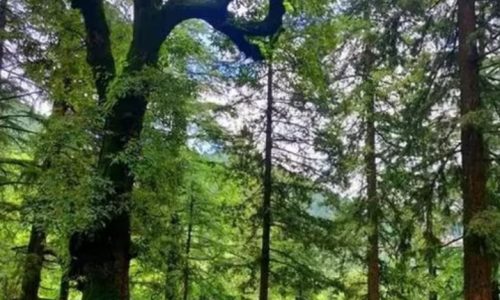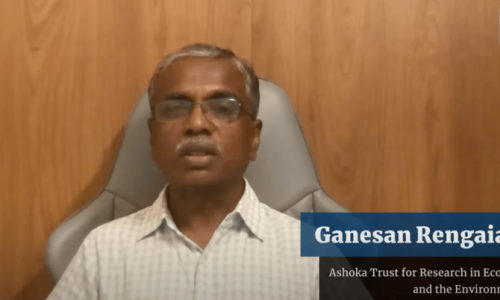Biotropica The scientific journal of the ATBC | January 22, 2022
Biodiversity of tropical grasslands and savannas (tropical grassy biomes, TGBs) remains poorly documented compared with tropical forests. This is in part due to the misplaced notion of TGBs being anthropogenic forest derivatives that support negligible biodiversity and endemism. For the Indian savannas, the legacy of colonial forestry has led to their misinterpretation as anthropogenic wastelands of low conservation value. One key assumption underlying the devaluation of Indian savannas against Indian forests is the presumed absence of endemic species. Through a systematic review, we test this assumption by collating data of plants endemic to the peninsular Indian savannas and analyze their spatiotemporal discovery patterns. We found that the Indian savannas contain 206 endemic plant species, of which 43% were described in the last two decades. Spatial discovery patterns revealed two species discovery hot spots, the eastern edge of the Western Ghats Mountains and the Eastern Ghats Mountains. Years taken for an endemic plant species to be described was related positively to latitude and elevation of the type locality, and negatively to range size and plant height. Our results of an exponential rise in the endemic plant discovery run counter to the assumption of Indian savannas supporting no endemic plants. Our findings have important implications on future plant discoveries by predicting most endemics awaiting discovery are likely to be short-statured and range-restricted, and occupy higher latitudes and elevations. The presence of endemic plants calls for abandoning the outdated colonial-era view of Indian savannas being low conservation value ecosystems and revising conservation policies to better protect these ancient ecosystems.






